July 2006
Monthly Archive
Mon 17 Jul 2006
I’ve had several people write me and ask if I think they should buy 3rd PlanIt because they like the plans I was able to make with it.
3rd PlanIt (3PI) (http://www.trackplanning.com/) is a CAD system strongly optimized for drawing model railroad track plans. I’ve been using it off and on since 2000 or so. I was a semi-experienced AutoCAD user many years before that.
The Good:
- I designed my layout and continue to maintain the plan as I build in 3PI. It has been stable and productive for me to use. I use version 7.10.006 which was released March 2, 2004.
- I find the feature set of 3PI powerful and fun to use.
- If 3PI was being maintained I would recommend it highly.
The Bad:
- No updates were been released between early 2004 and early 2007.
- 3PI is the product of one man, Randy Pfeiffer. I truly believe his work is very good (again — I’m a happy user) but it can be a problem when a company is essentially one person. Occasionally Randy gets committed to other tasks such that purchase orders sometimes do not get processed in a timely fashion.
- NOTE: (February 2007) Version 8 has been released!! In April 2005 the next version, 8.0 was coming “soon” and Randy Pfeiffer gave a detailed view of what he had been running into as he implemented threading to 3PI. I’m a Win32 C++ developer myself and his commentary looks legitimate. See his posting at the Yahoo! Group 3rdPlanIt : 3rd PlanIt Users Group
Bottom line:
NOTE: (February 2007) Version 8 has been released!! I like the product. It took a long time for Version 8 but it looks good. I can now recommend that other people buy 3PI.
Sun 16 Jul 2006
The continuing saga of my learning curve building Central Valley Model Works� turnout kits. In part one I did the basic assembly.
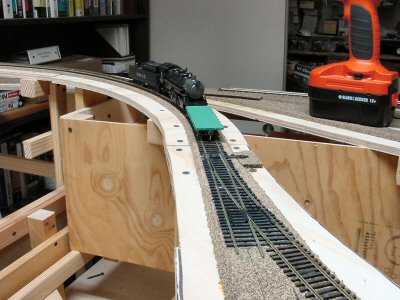 �
�
Now that I’ve added some track around my turnout I can actually run trains over it. The turnout works very well but I did not do a perfect job assembling it.� I’m trying to be a very harsh critic of myself because several turnouts on the layout are in tough to reach places and I need to be very clear on proper technique before I build them.
Few things will ruin the enjoyment of your layout more than a turnout in the back corner that keeps derailing everything.
The main things I did wrong are not get the rails tightly enough around the frog and I did not snug the guard rails close enough to the stock rails.
Using an NMRA standards gauge you can see that the track gauge is correct but the width of the flangeway is not correct. For those not familiar with this tool the tabs highlighted in red show how wide the flangeway should be.

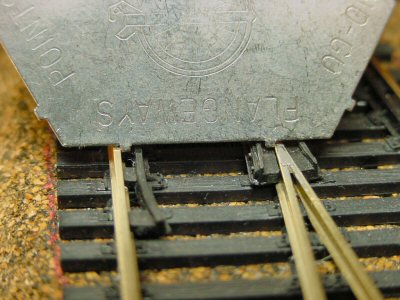
Given the way the frog casting works, snugging up the guard rail (the black plastic rail on the left) will be the easy fix.
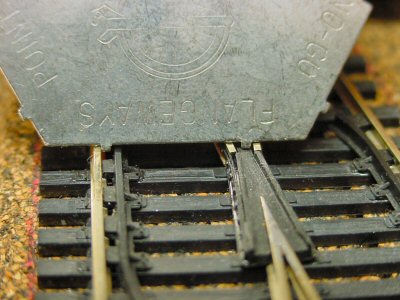
One thing to watch is to make sure that the frog rails (the rails that are attached in a “V”) are pushed as far forward into the frog casting as possible. However, this can be taken too far since the geometry is such that if pushed too� far forward� the track gauge will become too narrow.
An� easy fix: make sure the closure rails (by the arrow on the right)
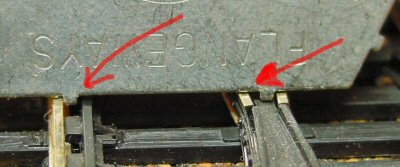
are really tight to the frog casting. Note that the closure rail on the left of the frog (to the left of the RIGHT arrow) is loose.� The closure rail on the right of the frog is pretty good.
Despite these obvious flaws the turnout works flawlessly (if a bit bumpy for some pieces of rolling stock) so I have to admit that the Central Valley design seems to be quite forgiving.
Sun 16 Jul 2006
Posted by Daniel Swearingen under
Books & Mags ,
Product ReviewComments Off
This is kind of like “what’s on my workbench” but more literally (pun intended) it’s: what’s piled next to my bed.
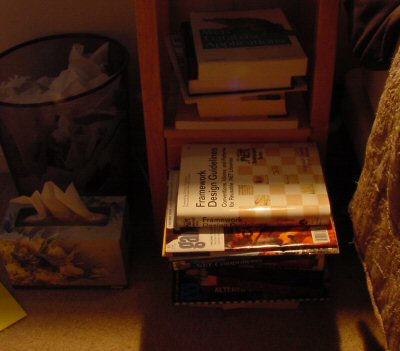
I collect a big stack until it becomes structurally unstable (i.e. I trip over it getting up in the morning) and then put away books that I’m not actually reading. Books here have a half life of about one month – after three months there’s really 100% turnover.
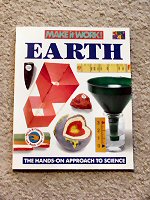
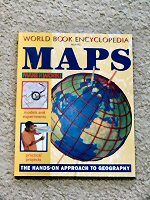
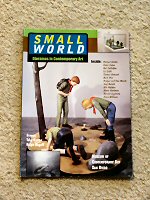
Make it Work: Earth and Make it Work: Maps – Really cool books that have scenery, terrain and map projects for children that are good experience for young model railroaders-to-be.
Small World, Dioramas in Contemporary Art - this is a book about dioramas as pieces of art. Gets me thinking about the reasoning and messages I want my work to convey.
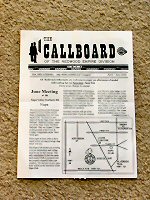
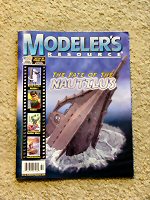
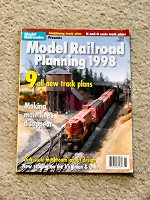
The Callboard of the Redwood Empire Division of the NMRA – (site) yep, I’m a card carrying member of the NMRA and this is my regional newsletter.
Modeler’s Resource – (site) I subscribed to this for a year recently. More oriented to the sci-fi and comic book figure modelers but strays into lots of other areas too.
Model Railroad Planning 1998 – I’ve bought several of the MR Planning “special” issues. I recommend buying them from a newsstand so you can look it over first. Some issues have lots of things I’m interested in while others may have very little.
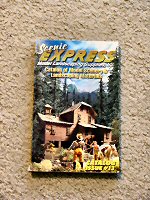
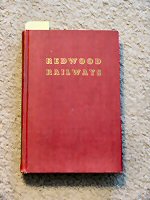
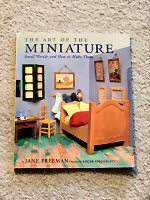
Scenic Express Catalog – (site) Great company that specializes in scenery materials.
Redwood Railways by Gilbert H. Kneiss – My favorite history of the Northwestern Pacific and the many predecessor railroads that grew and merged into the NWP. Compared to other sources it gives a broader background of the people and history around the railroads in northern California.
The Art of the Miniature – my favorite “dioramas as art” book. Lots of insight on, and examples of composition and lighting ideas.
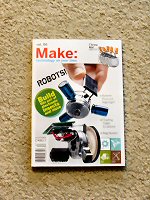
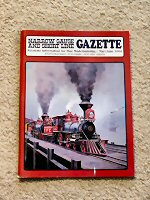
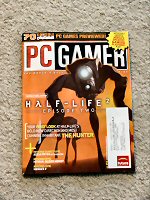
Make Magazine – wild and inspiring gadget building projects.
The Narrow Gauge & Shortline Gazette – (site) I own every issue. Over the years has consistently maintained excellent quality. Ok, maybe a couple years in the 80’s were a bit weak but still worth every penny.
PC Gamer – notice what you are reading this post on? A computer. Computers and software are my day job and are also a fantastic modeling and research tool. As computer games increasingly become immersive sensory experiences I see model building design converging with game design (and movies, for that matter).
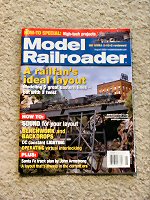
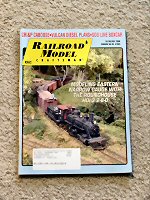
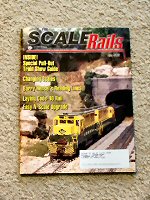
Model Railroader – Sigh. I have a strong emotional attachment to MR because of its place in my personal model railroading history but MR is getting increasingly dotty with age. I have issues back to the late sixties and will cherish them always but my model magazine subscription dollars may soon go elsewhere.
Railroad Model Craftsman – (site) The quality of this magazine is steadily increasing.
Scale Rails – “free” with your membership in the NMRA. Good thing. Ok, I’m being harsh, the particular issue shown had a couple really good articles in it (even if the engine in cover photo has a big old feather duster feather draped over the cab). And hey! They STILL haven’t paid me for the guest editorial I did for Tom Troughton back in 2004!
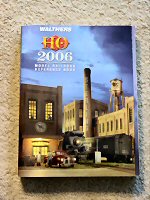
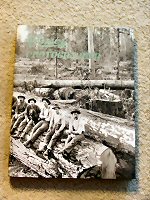
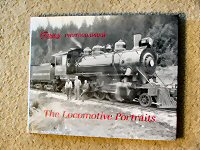
Walthers catalog – still the “Sears Catalog” of model railroading. Like MR, Walthers has a powerful emotional tie to my model railroading history. Walthers’ catalog combined with their website and on-line ordering are a huge aid in any large modeling effort.
Books of Clark Kinsey photos – Wow. I just got these a couple months ago and they are simply gorgeous books. A great online source for Kinsey photos is here at the University of Washington Libraries Digital Collections.
Wed 5 Jul 2006
Posted by Daniel Swearingen under
Layout Progress ,
TrackComments Off
So I finally got some track laid up hill from my first turnout. Where have I been? My day job is building a piece of Microsoft’s latest operating system and we had a BIG deadline…
Anyhoo, as soon as I had two whole pieces of flex track down I did what every red-blooded model railroader does: hooked up a power pack and ran some trains!!
The good news: the track is nice and smooth and the one turnout works flawlessly despite obvious imperfections (see other post).
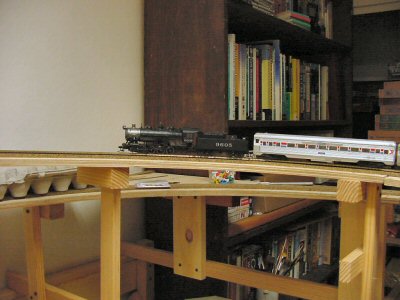
Too Steep
The bad news: I had been worried about the grade uphill from the turnout. On the plan it works out to about 5.8% but that’s with no vertical transitions. With the transitions (effectively the distance it takes for 1/2″ plywood to smoothly bend to the grade) the same height is being gained in less distance — so the real hill is steeper.
Honestly, I knew all this going in, but I had not measured the grade. When I ran a train I found that my thumping Life-Like USRA 0-8-0 swticher could not pull even two free-rolling Athearn 75’ shorty passenger cars up the grade (not that I ever plan on using those cars on my 1920′s layout but they were handy…). Oops. The grade is more like 7%-plus!
I had to lower the grade. Looking at the layout, the height of the grade had been determined by the height needed to clear over the return loop with clearance. I had arbitrarily chosen a pretty high clearance at that point.
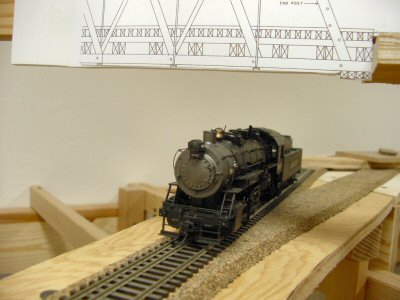
However, I needed to reduce the height climbed as much as possible so I made a template based on the Howe truss bridge that will be used at that point and measured how much I could bring the upper track down while still clearing the NMRA recommended height.

I was able to reduce the height by 3/4 of an inch. That may not seem like much but the total climb was 5″ so that’s a 15% reduction. With the reduced grade comes a reduction in the needed vertical transitions so this brings the grade down to more like 6%. Still severe but more workable — and more like what I had planned.
How do you lower twelve feet of roadbed? Unscrew the risers, clamp at the new (lower) height, and re-screw them. Not too pretty but nobody will see this once the scenery is up.
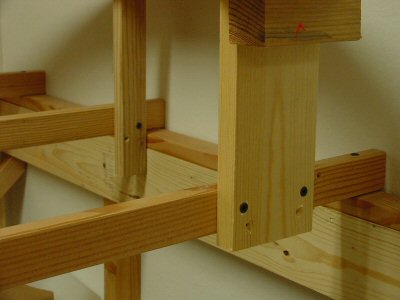
Note that RAISING the track would be MUCH more work.
Can the 0-8-0 get the two cars up the grade now? BARELY. Luckily, my designed train length is four 40′ cars plus a caboose and the prototype NWP often needed doubling on their frequent short-steep hills.



























